Early Verdict
The Fujifilm X-H2 is shaping up to be another excellent full-frame alternative for those who prize detail rather than outright speed. The X-H2 certainly isn't a slouch when burst shooting either, while its strong video skills make it a real modern hybrid. It lacks the retro charm of Fuji's other cameras and it's a shame there's no 4K/120p video mode, but otherwise the X-H2 has the makings of another classic for pros and keen amateurs.
Pros
- +
High-res sensor for detailed photos
- +
Excellent viewfinder
- +
Subject-tracking autofocus
Cons
- -
No 4K/120p video mode
- -
Expensive for a non-stacked APS-C camera
Why you can trust TechRadar
The Fujifilm X-H2 is a 40.2MP APS-C mirrorless flagship that looks strangely familiar. That's because it's physically identical to the recent Fujifilm X-H2S, a camera we recently called "one of the best all-rounders you can buy". So what's the difference between the two cameras? While the 'S' in the X-H2S stands for 'speed', the more affordable X-H2 is all about resolution and detail.
In an ideal world, both qualities would exist in the same flagship camera. But rather than make a single, unaffordable body like a Sony A1 or Nikon Z9, Fujifilm has made two cameras for very different types of people. The X-H2S is built for sports, wildlife and action shooters with deep pockets, while the X-H2 is Fujifilm's best camera so far for shooting static subjects like landscapes, portraits or architecture. It can also shoot 8K/30p video, too.
Sensor: 40MP X-Trans 5 BSI Imaging Sensor
Processor: X-Processor 5
Burst shooting: 15fps (mechanical shutter), 20fps (electronic shutter, 1.29x crop)
Video: 8K/30P 10-bit 4:2:2 Apple ProRes, ProResHQ, ProRes LT
Stabilization: In-body image stabilization (up to seven stops)
Viewfinder: 5.76-million dot EVF (0,8x magnification)
External recording: ProRes Raw or Blackmagic Raw through HDMI
On paper, this makes the X-H2 one of the most exciting cameras around for anyone who wants to shoot high-resolution photos or 8K video, without investing in a bulkier full-frame setup. But as always, it isn't quite that simple.
In theory, higher-resolution sensors have to combat the issue of greater noise obscuring all that lovely detail. The X-H2 also doesn't have a 'stacked' sensor like its sibling, which makes its read-out speeds and overall performance are slower in some areas (like burst shooting and video) than Fuji's other X-H camera.

Still, Fujifilm reckons its image processing algorithms have solved any noise issues, and it's fair to say that X-H2S levels of speed aren't needed by most photographers.
The real question, then, is how useful that extra 40MP resolution is in reality, and do you only really see the benefits with Fujifilm's newer lenses? Also, what you can actually do with an 8K video mode when most people are still happy with 4K?
We've spent some time with the X-H2 in New York to tease out the answers to these questions and find out how good an alternative it is to APS-C cameras like the Canon EOS R7 and its pricier full-frame rivals.
Sign up for breaking news, reviews, opinion, top tech deals, and more.
Fujifilm X-H2 release date and price
The Fujifilm X-H2 will be available to buy in September for $1,999 / £1,899 / AU$3,399 for the body-only. You can also buy it in a kit with the XF16-80mm f/4 R OIS WR lens for $2,499 / £2,299 / AU$4,099.
That's obviously pretty pricey for an APS-C camera, particularly in these financially trying times. The Fujifilm X-T4, which both the X-H2 and X-H2S sit above, cost $1,699 / £1,549 / AU$2,999 (body-only) when it launched and is now cheaper.
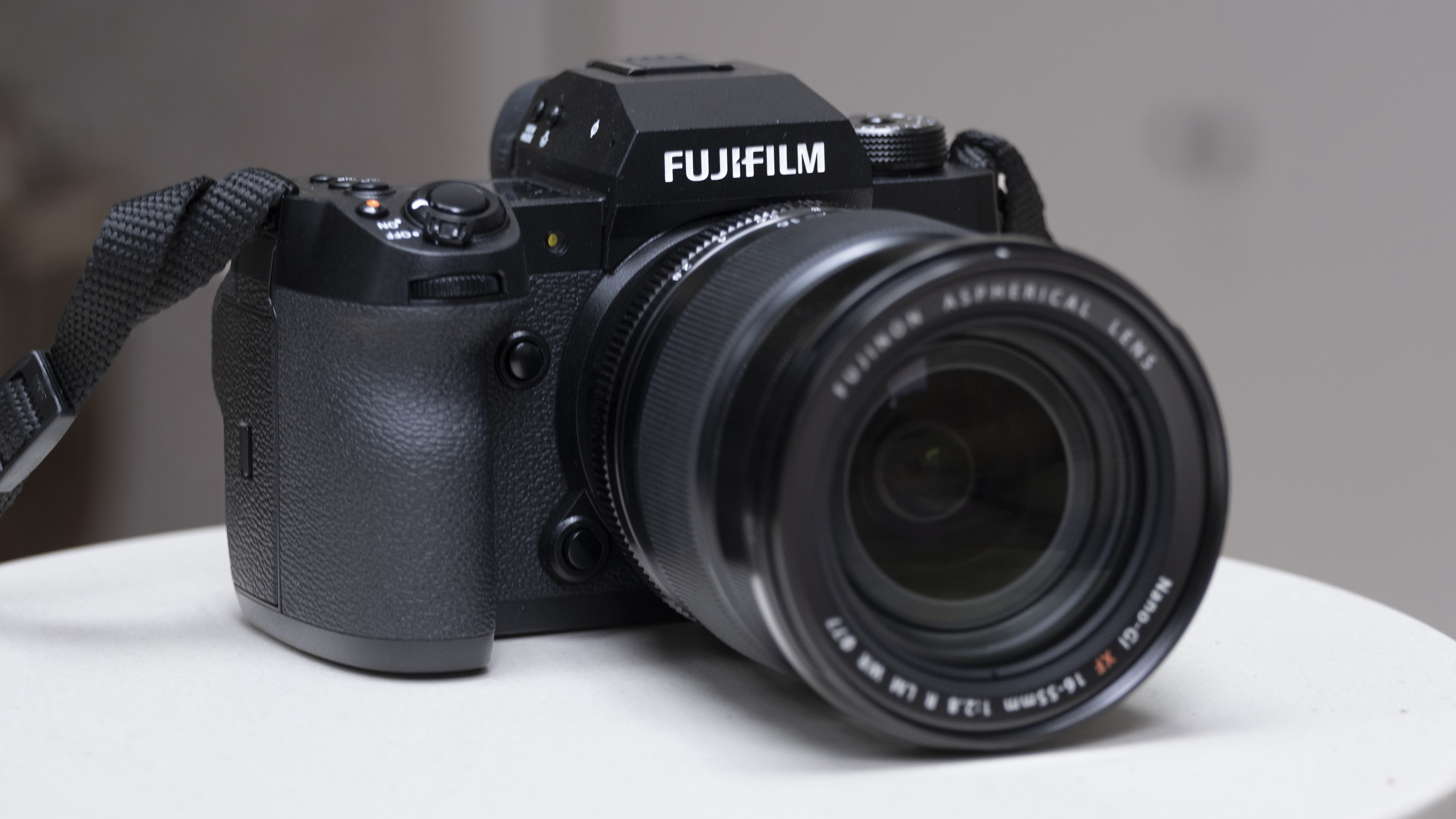
You can also buy a Canon EOS R7 ($1,499 / £1,349 / AU$2,349) or even the full-frame Nikon Z5 with a 24-50mm kit lens ($1,699 / £1,719 / AU$3,099) for considerably less than the X-H2.
But then again, the X-H2 also doesn't really have a direct rival in terms of its feature set. No other APS-C mirrorless camera combines a 40MP sensor with 8K/30p or video recording and in-body image stabilization. The question is whether you really need all of those high-end features, or if it might be wiser to invest in a cheaper body and use the change to buy a couple of lenses.
Fujifilm X-H2: design
- Uses a traditional ‘PASM’ control setup rather physical dials
- Stunning 5.76-million dot viewfinder and articulating screen
- Tough, weather-sealed body with a useful top-plate LCD
It may lack the retro charm of Fujifilm's X-T series, but we're big fans of the Fujifilm X-H2S' design. Fortunately, that means we're also pretty enamored with the X-H2, because it has exactly the same body as its sibling.
You can read our Fujifilm X-H2S review for an in-depth summary of the pros and cons of that camera's physical design. But it has three really standout features, plus one really useful one. Firstly, the 5.76-million dot electronic viewfinder from both cameras is one of the best we've used. It's crisp, large (with a 0.8x magnification) and has a smooth 120fps refresh rate that rarely drops the ball.
We also like the X-H2's deep grip, particularly when paired with longer lenses or even fairly weighty ones like the XF16-55mm f/2.8 R LM WR. This isn't exactly a revolutionary feature, but it isn't always present on APS-C cameras, which are often targeted at keen amateurs rather than pros. It's the same with the top-plate LCD, which is really handy for glanceable reminders of your settings.


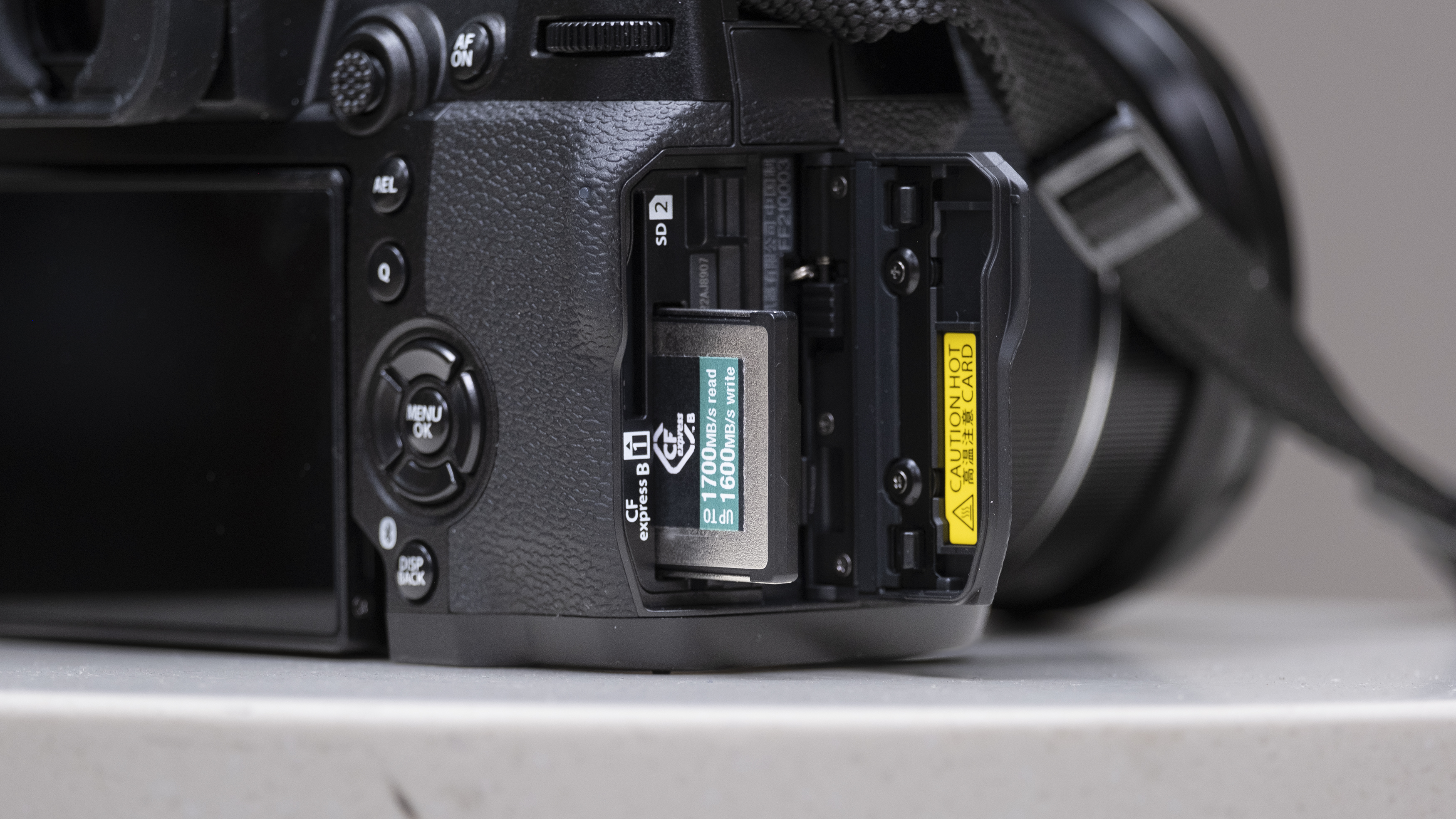
And lastly, there's more more functional but no less important inclusion of a CFexpress Type B card slot, alongside a standard SD one. This both future-proofs the X-H2 and helps unlock some powerful burst shooting (15fps with the mechanical shutter) and buffer depths, which mean the X-H21 is still pretty rapid even if it's not quite on the same level as the X-H2S.
The X-H2's design certainly isn't perfect. As on the X-H2S, we'd like to have seen a drive mode dial underneath the main mode dial, rather than a dedicated button. It's a shame the front and rear dials aren't clickable either. And there's also no 'multi-function' hotshoe for powering external accessories like microphones without needing additional cables.
But overall the X-H2 is a fun, weather-proofed companion that's ideal for all kinds of photography, if you can get over the comparable lack of charm compared to other Fujifilm ranges.
Fujifilm X-H2: features and autofocus
- First Fujifilm X-series camera with a Pixel Shift Multi-Shot mode
- Subject-detection autofocus for animals and birds
- No video recording limits, can shoot continuously for 160 minutes
The Fujifilm X-H2 may look identical to the X-H2S, but underneath they're two very different cameras (which is reflected in their price tags).
Rather than a 'stacked' 26.2MP sensor, the X-H2 has a new back-illuminated 40.2MP X-Trans CMOS 5 HR chip. This doesn't have the same read-out speeds as the X-H2S, so is more suited to shooting landscapes, product photography, portraits and commercial work.
The traditional downside of high-resolution sensors is that they can have high ISO noise issues, due to the number of pixels that have been crammed in. But Fujifilm says the X-H2 uses an improved image-processing algorithm to maintain the resolution without affecting the signal-to-noise ratio. That's something we're looking forward to inspecting when we've had a bit more time with the camera.
The X-H2 also brings a new feature that we haven't yet seen on an X-series camera, called 'Pixel Shift Multi-Shot'. We've seen this on other cameras like the Sony A7R IV before, and this this promises to deliver 160MP images with some pretty incredible detail. The downside? It only really works with completely static scenes and it doesn't work in-camera – you'll need to use Fujifilm's software afterwards to combine the photos. Still, it definitely sounds like a fun tool to try out.

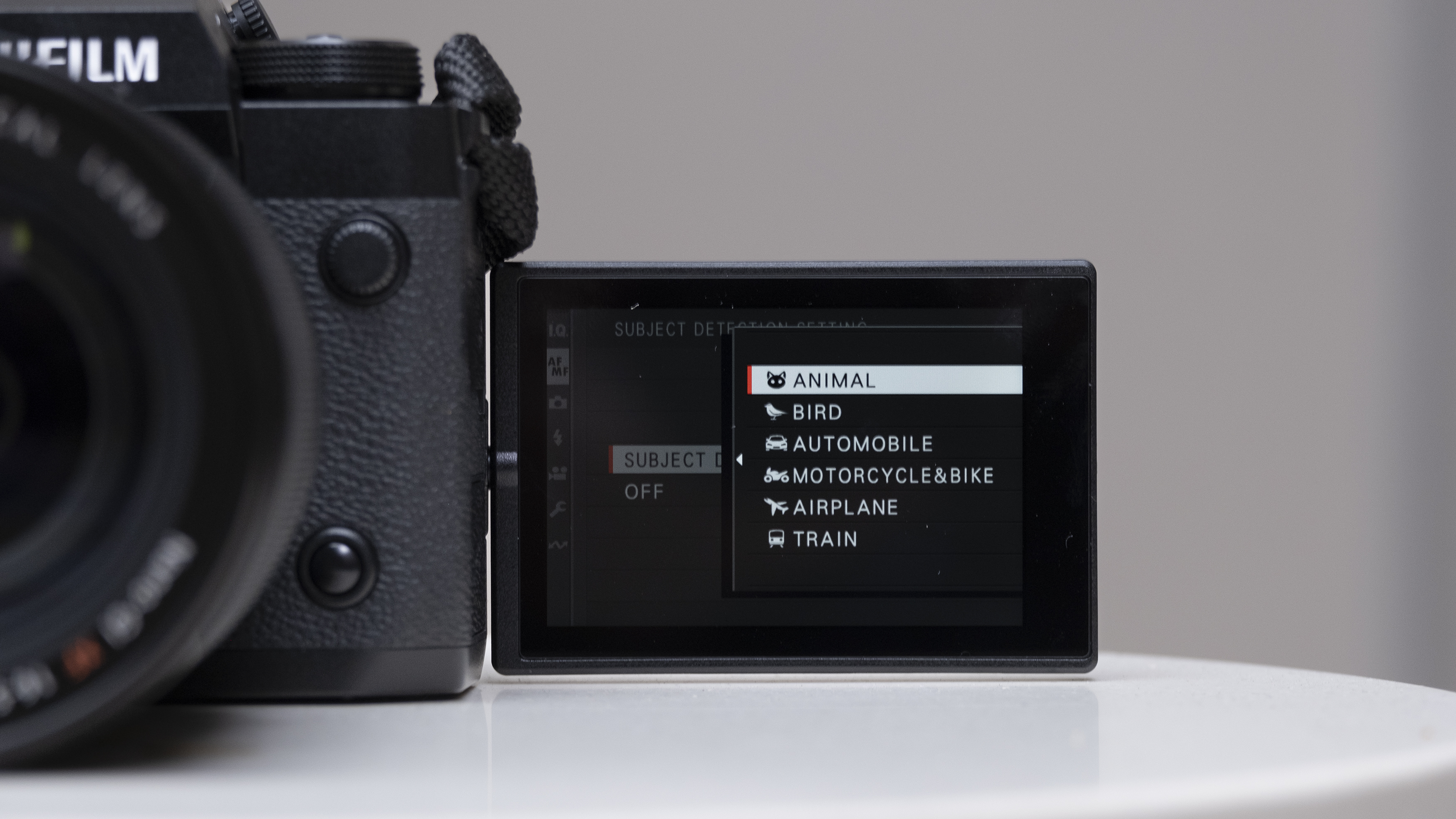
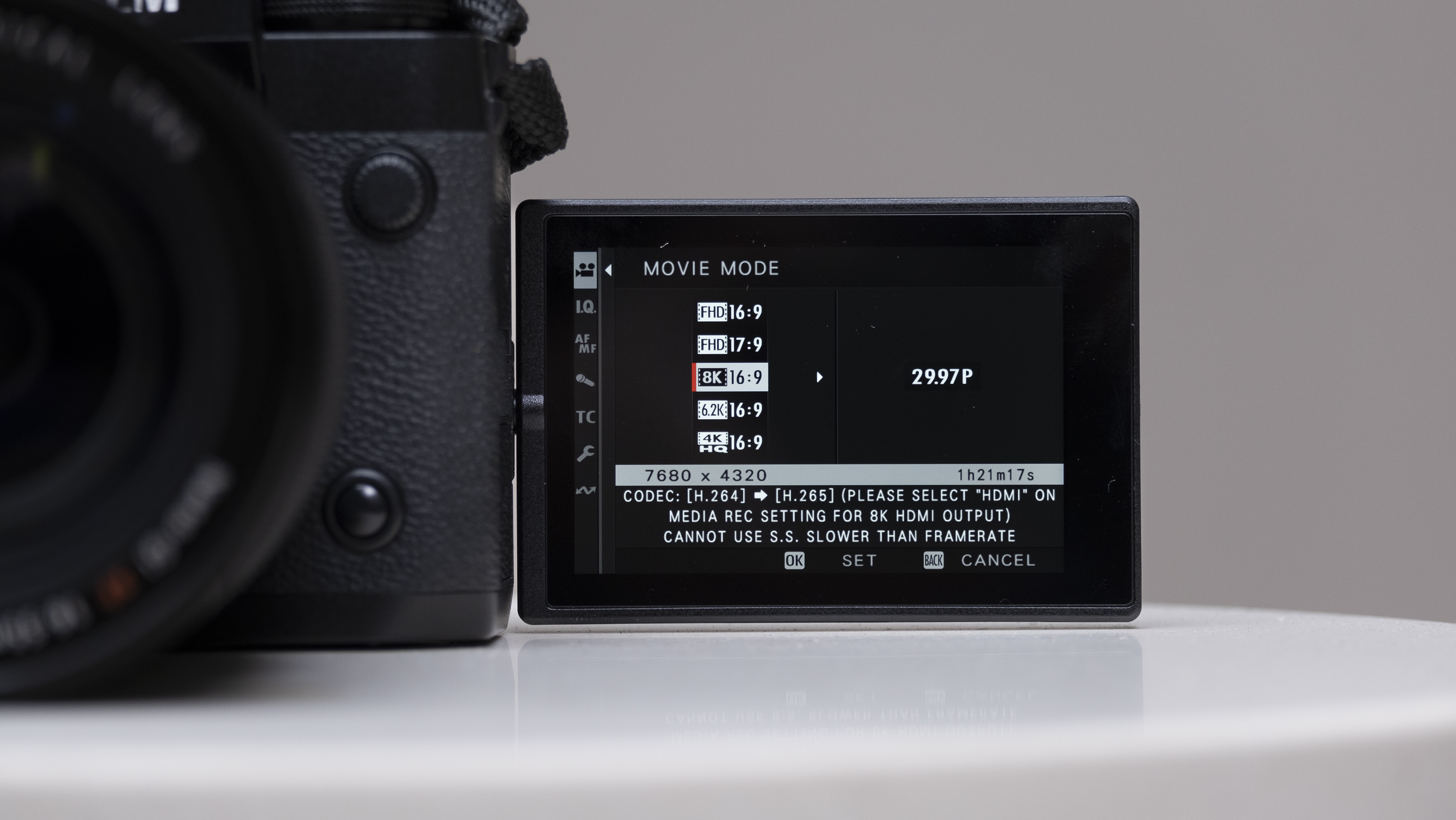
So how does autofocus compare to the X-H2S and X-T4? We haven't yet had enough time for in-depth testing, but on paper it's better than the X-T4, if behind the X-H2S for fast-moving subjects. The X-H2 has the same readout speeds as the X-T4, but it's more advanced AF algorithms (which include all of the same subject-detection for animals, birds, cars, motorcycles, bicycles, airplanes and trains as the X-H2S) help it give it a boost, despite that 40MP resolution.
On the video front, the X-H2 certainly has impressive credentials (including that headline 8K/30p mode), but the X-H2S is actually the superior video camera overall. The X-H2 unfortunately lacks a 4K/120p for slo-mo footage, while the stacked sensor of the X-H2S helps it largely overcome any 'rolling shutter' issues (which come into effect when you quickly pan a camera).
On paper, the X-H2 is actually worse than the X-T4 for rolling shutter in its most demanding modes (like 8K/30p, 6.2K/30p and 4K/60p), so you'll again likely need to stick to fairly static, tripod-based scenes rather than sports when shooting video. We'll need a bit more time with X-H2 to fully interrogate its video skills, but it's otherwise still a very capable camera for moving images, with the ability to shoot 4:2:2 10-bit footage internally (which will please color graders) and that new F-log2 'flat' profile, which will produce up to 13 stops of dynamic range (compared to 14 on the X-H2S).
There are also apparently no overheating limitations with the X-H2, which is capable of shooting for up to 160 minutes when shooting 8K/30p. That will reduce dramatically, though, if you're shooting in hot conditions.
Fujifilm X-H2: image and video quality
It's too soon for us to make any definitive statements about the X-H2's image quality, as we've only been using it for a matter of hours. But so far, we haven't run into any major issues and it seems to largely live up to Fujifilm's lofty claims about image detail – as long as you do use it with a recent X-series lens.
That's a fairly big caveat, because those with a collection of older X-mount glass will need to factor in the cost of new prime lenses if they're to truly exploit that 40MP resolution.




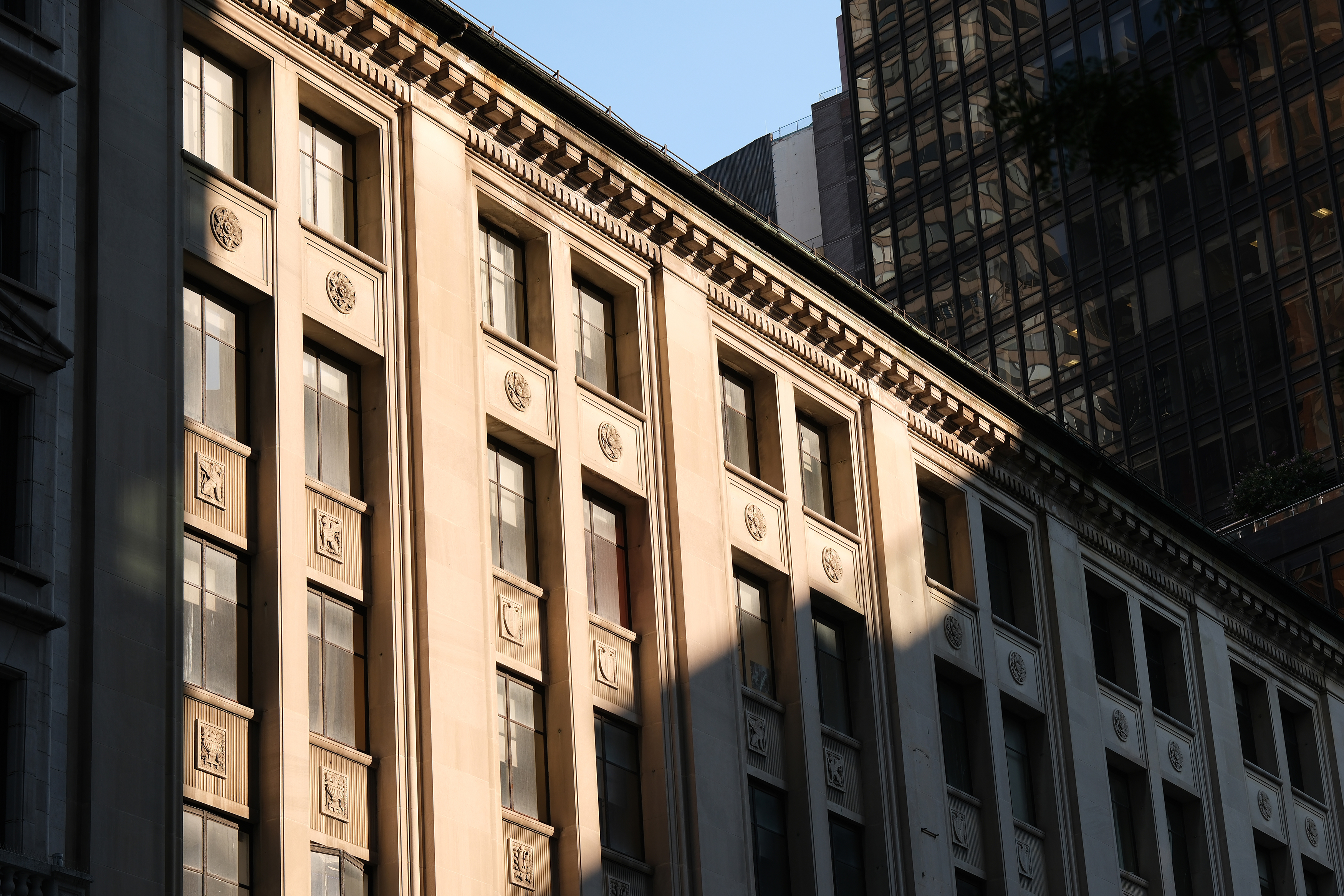




Still, it's fair to say most Fuji lenses will see an improvement to image quality when paired to the X-H2, compared to the previous cameras like the X-T4. It's just that the biggest leap will come with lenses like the XF18mm, XF23mm, XF33mm and the new XF56mm.
We'll need to spend a little more time looking at the X-H2's high ISO performance, but Fujifilm is again confident that its new image-processing algorithm means the sensor's high resolution won't impact the signal-to-noise ratio too much.
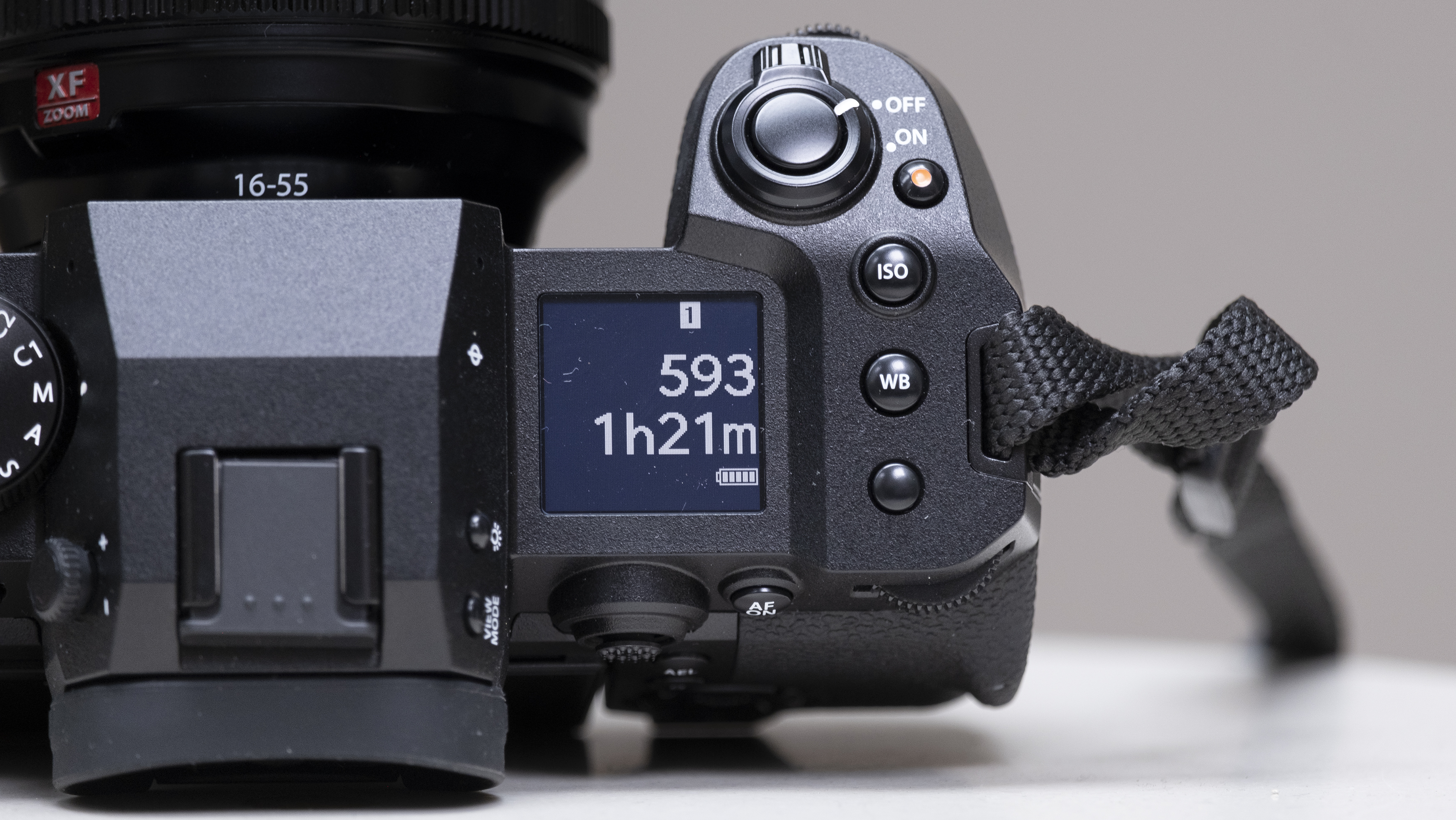
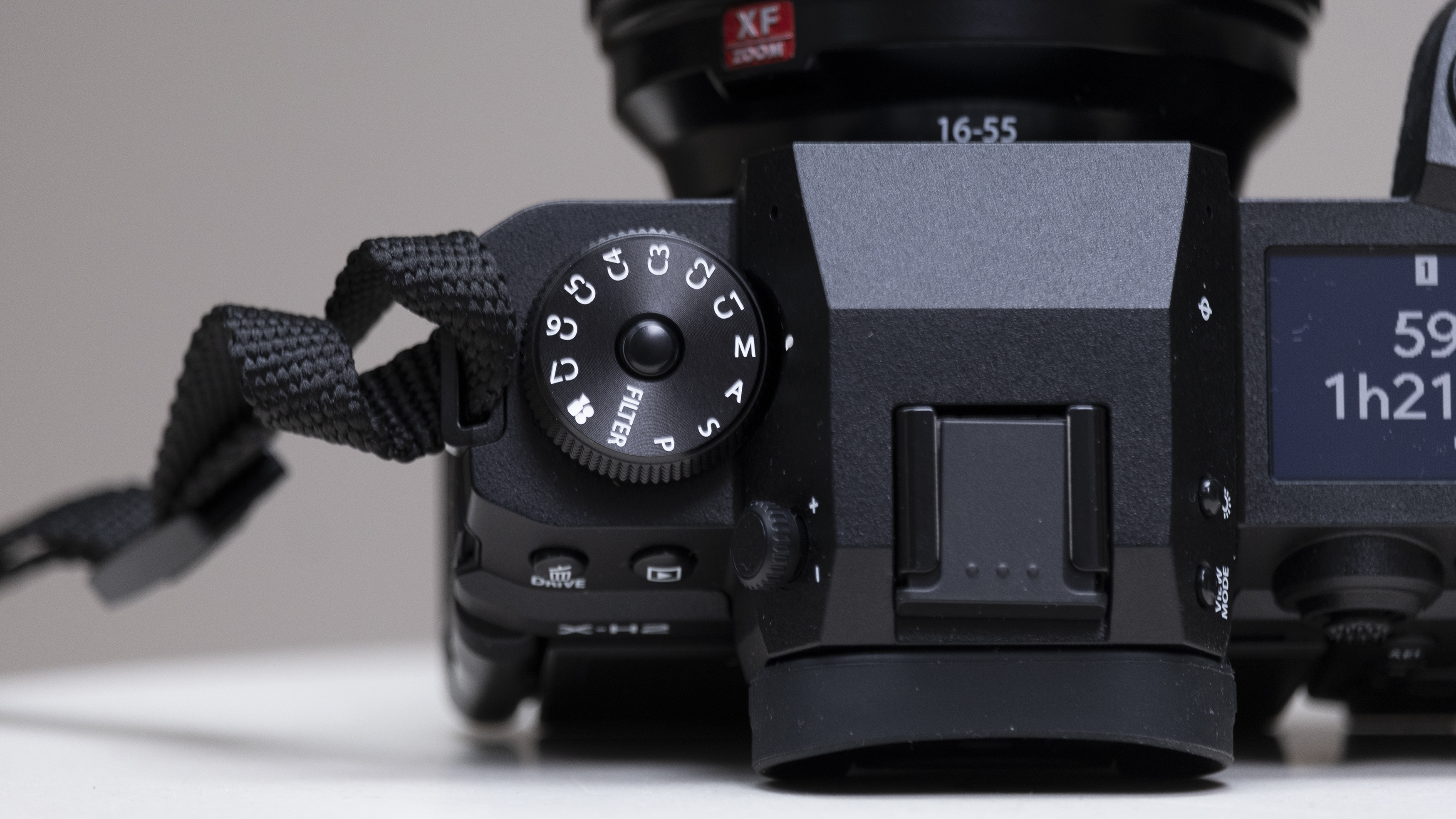

The sensor also apparently has an improved pixel structure, which helps reduce the base ISO to 125. All great in theory, but again we're looking forward to test this more out in the real world very soon.
We'll be uploading more sample images to this section as the X-Summit progresses.
Fujifilm X-H2: early verdict

The X-H2S really has set a new bar for APS-C mirrorless cameras, so it's a tough act for the X-H2 to follow. But the X-H2 is actually shaping up to be a better option for most people, even if it doesn't feel quite as next-gen as its sibling.
It's a bit too early for us to tell exactly how big a leap in image quality and autofocus performance the X-H2 offers over cameras like the X-T4. But it definitely offers superior handling, a better electronic viewfinder, more advanced autofocus performance and higher-end video skills.
If you've been tempted into buying a high-resolution full-frame camera like the Sony A7R IV, the X-H2 certainly offers lots of reasons to reconsider. It's cheaper and a smaller overall system with the right lenses. Our only real question is how much of this performance could potentially trickle down to an even more affordable body like the rumored Fujifilm X-T5.
Given there's no official sign of that camera yet, the X-H2 could well be one of the best mirrorless cameras for those who mostly shoot static subjects like landscapes and don't mind losing the retro charm of Fujifilm's X-T series.

Mark is TechRadar's Senior news editor. Having worked in tech journalism for a ludicrous 17 years, Mark is now attempting to break the world record for the number of camera bags hoarded by one person. He was previously Cameras Editor at both TechRadar and Trusted Reviews, Acting editor on Stuff.tv, as well as Features editor and Reviews editor on Stuff magazine. As a freelancer, he's contributed to titles including The Sunday Times, FourFourTwo and Arena. And in a former life, he also won The Daily Telegraph's Young Sportswriter of the Year. But that was before he discovered the strange joys of getting up at 4am for a photo shoot in London's Square Mile.
What is a hands on review?
Hands on reviews' are a journalist's first impressions of a piece of kit based on spending some time with it. It may be just a few moments, or a few hours. The important thing is we have been able to play with it ourselves and can give you some sense of what it's like to use, even if it's only an embryonic view. For more information, see TechRadar's Reviews Guarantee.
